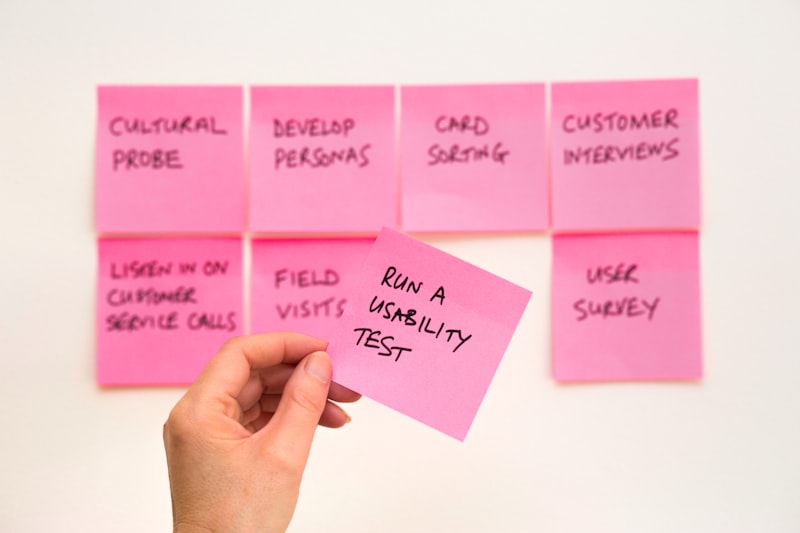Tweaking your product offering can certainly boost conversions—but what if you don't have the bandwidth for a full-fledged overhaul? Or perhaps you're extremely confident in your product and believe it's the messaging and marketing that needs refinement.
Good news: impactful conversion funnel optimization doesn't always require a product revamp. At DataDab, we've seen firsthand how strategic changes to your marketing approach can yield impressive improvements. Let's jump into the strategies that deliver outsized results without sacrificing your core product.
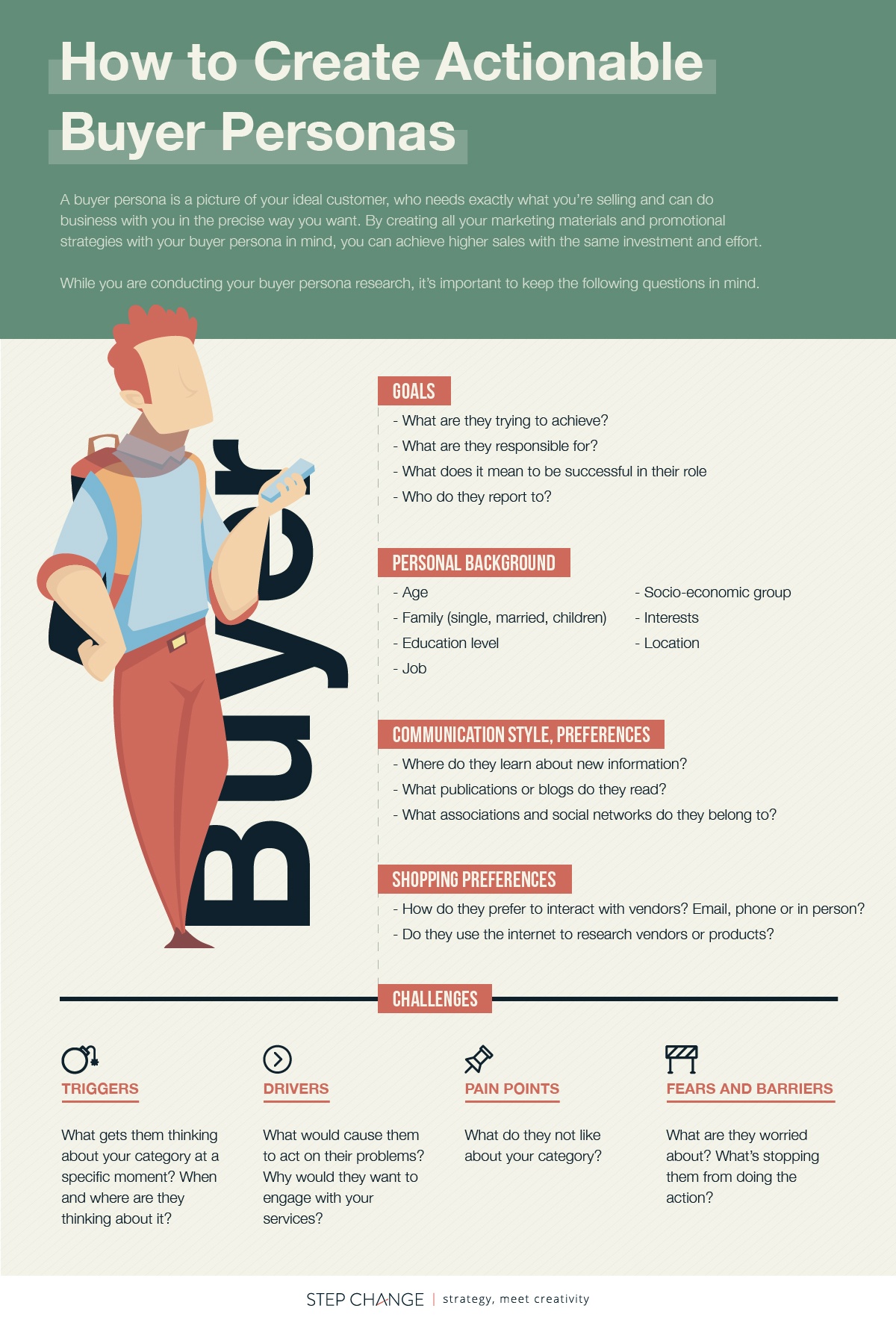
Focus on Laser-Sharp Targeting
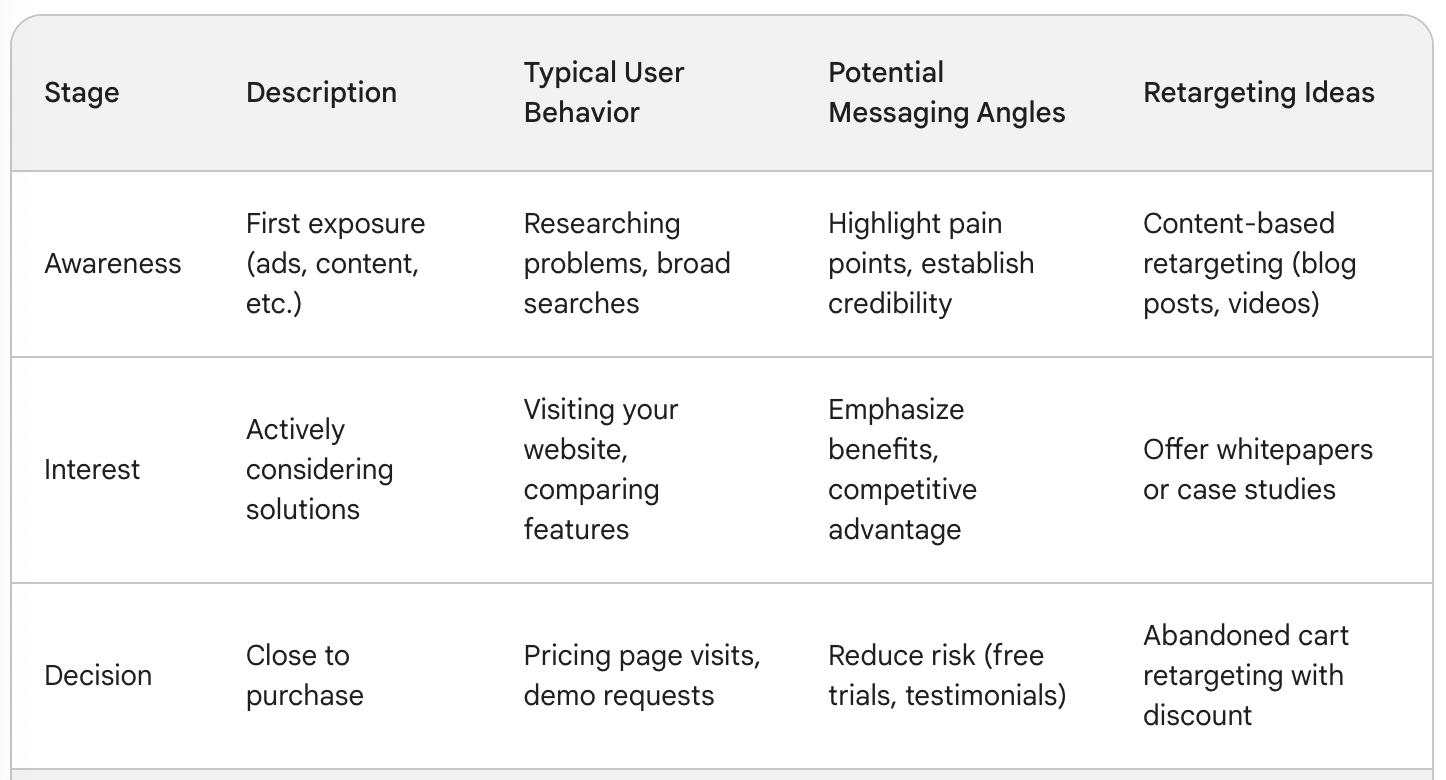
The adage “if you market to everyone, you market to no one” rings especially true in conversion optimization. Think of it this way: a beautifully crafted fishing net is useless if you’re casting it in the wrong waters.
Start by asking these questions:
Have you clearly defined your perfect customer? If not, it's time to go granular. Consider demographics, firmographics, pain points, desired outcomes, roles, and the specific problems your product solves for them.
Are your targeting decisions backed by real-world data? Dive into your analytics, customer surveys, and qualitative feedback to uncover patterns and preferences.
Example: Imagine your SaaS tool helps e-commerce businesses optimize shipping logistics. A generic approach might target anyone who runs an online store. But superior targeting would zero in on, let's say, mid-size e-commerce businesses facing high cart abandonment rates due to shipping costs. This refined ICP allows you to tailor your messaging and outreach with pinpoint accuracy.
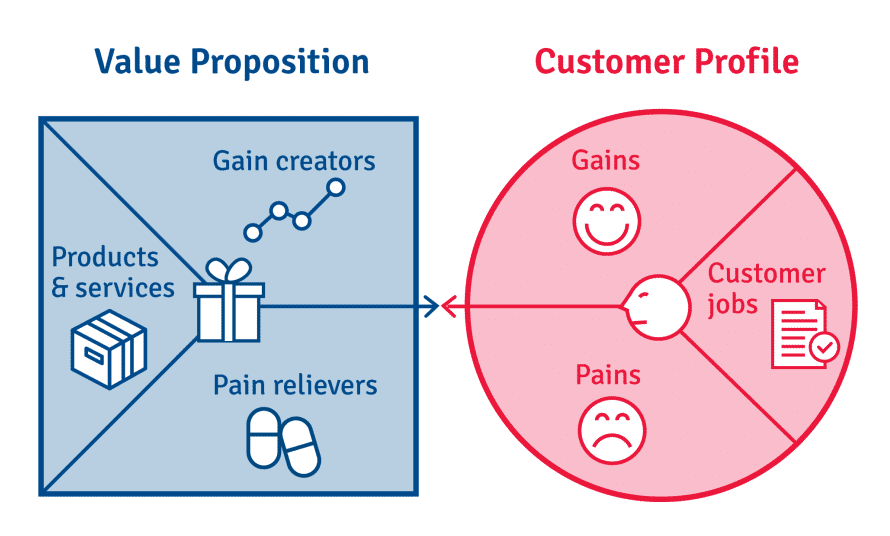
Strengthen Your Value Proposition
Your value proposition is the “why” behind your product: why should potential customers choose you over competitors? Often, businesses fall into the trap of listing features. This fails to paint the picture of transformation for your audience.
Shift the emphasis
Focus on outcomes and benefits. Instead of merely saying “our software has inventory forecasting,” position it as “our software prevents stockouts, ensuring maximum sales and happy customers.”
Customer Empathy
Put yourself in the shoes of your ICP. What keeps them up at night? What are their biggest aspirations? Your value proposition must resonate with their priorities and speak to how you'll solve their problems in a way no one else can.
Example: Hubspot isn't just a marketing automation platform. Their value proposition centers around helping businesses “grow better,” with solutions that streamline marketing, sales, and customer service. This resonates deeply with their target audience's desire for scalable business growth.

Optimize the User Experience (UX)
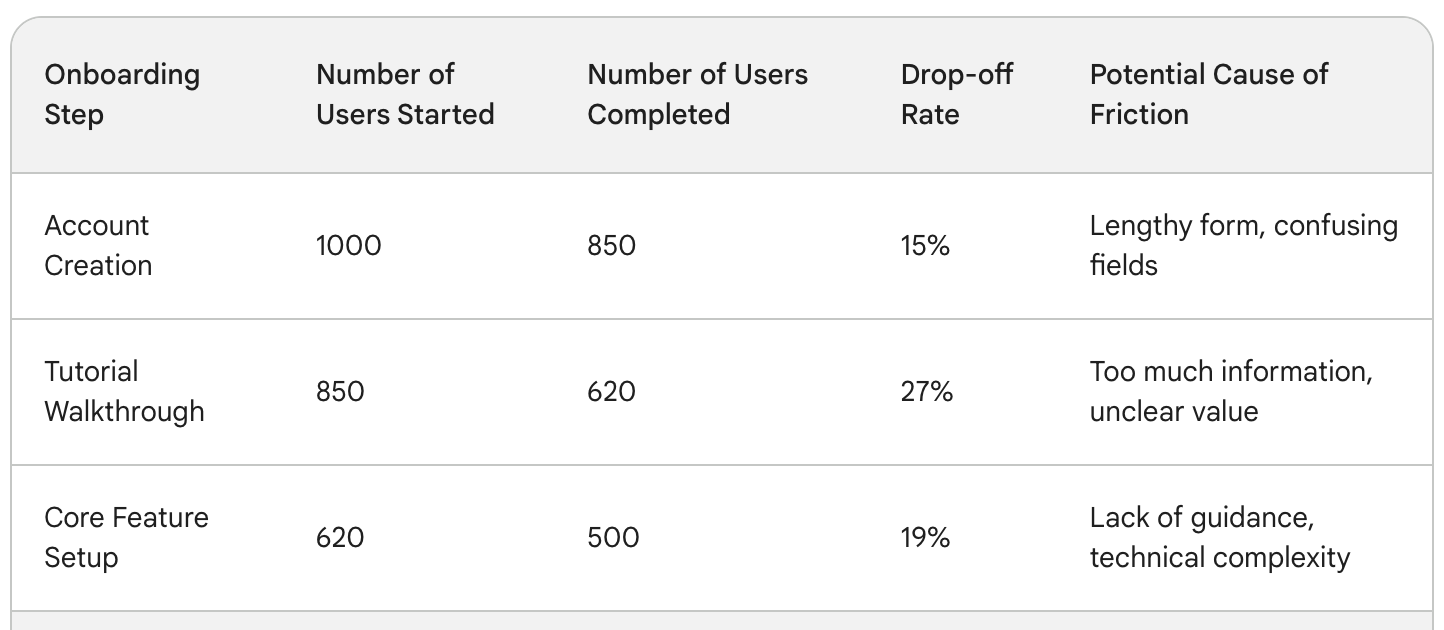
Friction within your funnel is like a leaky bucket, leading to lost conversions. Seamless UX is essential for guiding users smoothly towards the desired action.
Key areas for optimization:
Landing Pages
Does your landing page design and copy align flawlessly with your ad campaigns? Ensure messaging continuity to avoid jarring transitions.
Navigation
Can users intuitively find what they're looking for on your website? Minimize clicks and simplify the journey.
Onboarding
Is the process of getting started with your SaaS easy and intuitive? Excessive onboarding steps are a major conversion killer.
Pro Tip: Conduct user testing sessions to observe how real people interact with your funnel. These insights are invaluable for pinpointing areas where friction arises.

Master the Art of Persuasive Copywriting
The words you use have immense power to nudge visitors toward conversion. Here's how to refine your copy:
Headline Power: Your headline is the first impression. It has to grab attention, pique curiosity, and promise value. Master the use of power words and specificity.
Pain-Agitate-Solve (PAS): Tap into your audience's pain points, subtly heighten them, and then present your product as the solution.
Social Proof: Testimonials, case studies, and user reviews build trust. Weave them strategically into your website and landing pages. People want to see themselves in your success stories.
Example: Slack doesn't just claim to be a communication tool. Their headline, “Where Work Happens,” speaks to the modern desire for a streamlined, collaborative workspace. This evokes an image of efficiency and productivity their target audience yearns for.
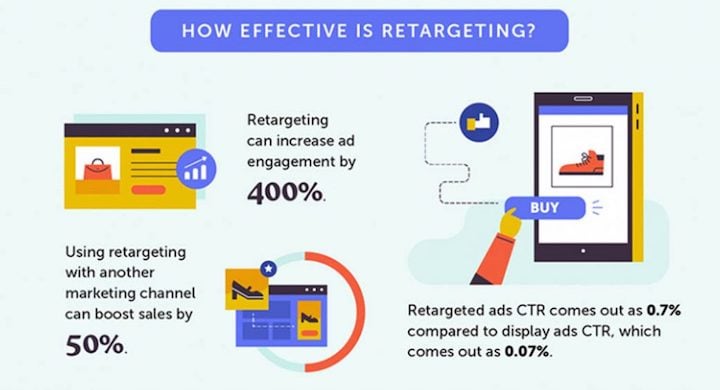
Make the most of retargeting
Not everyone who interacts with your brand will convert on the first visit. Retargeting allows you to bring those interested prospects back into your funnel.
Remember, retargeting needs finesse:
Segmentation
Don't blast the same generic ad to everyone who's bounced. Tailor retargeting campaigns based on where visitors dropped off in your funnel.
Messaging Personalization
Abandoned cart? Offer a tailored discount. Visited your pricing page? Highlight a free trial or demo offer.
Frequency
Be mindful of frequency caps to avoid annoying potential customers with overly aggressive retargeting.
Example: Monday.com, the work management platform, uses sophisticated retargeting. If you've shown interest in specific features, they might serve you ads highlighting those capabilities, with persuasive testimonials from businesses that have seen success using them.

Experiment with Pricing and Packaging
Slight adjustments to your pricing presentation and packaging strategy can yield surprisingly significant improvements:
The Decoy Effect: Present three pricing tiers, making your desired option look extra appealing in comparison. The decoy tier (often with limited features or a higher price) nudges customers toward your preferred middle-ground option.
Freemium or Free Trials: Allowing customers to experience your product before committing builds trust and reduces the risk barrier. Make sure to guide users through a high-value onboarding during this period.
Psychological Pricing: Charm pricing ($99 instead of $100) holds surprising sway over our perception of value.
Example: Zoom offers a basic free plan alongside several paid tiers. This lets users experience the platform, with the limitations of the free plan subtly encouraging upgrades as their needs grow.

Power of A/B Testing
Conversion optimization is a continuous process. A/B testing lets you make data-driven decisions, avoiding a reliance on guesswork.
Here's where to focus your testing efforts:
Calls to Action (CTAs): Experiment with button colors, text variations, and placement. Small tweaks can have a big impact.
Headlines and Copy: Test different iterations, focusing on clarity, benefit-driven language, and persuasive triggers.
Social Proof: Experiment with the placement and type of testimonials or case studies you highlight.
Landing Page Design: Test layouts, visual hierarchies, and the amount of information you present.
Pro Tip: Use dedicated A/B testing tools to rigorously analyze the statistical significance of your results.
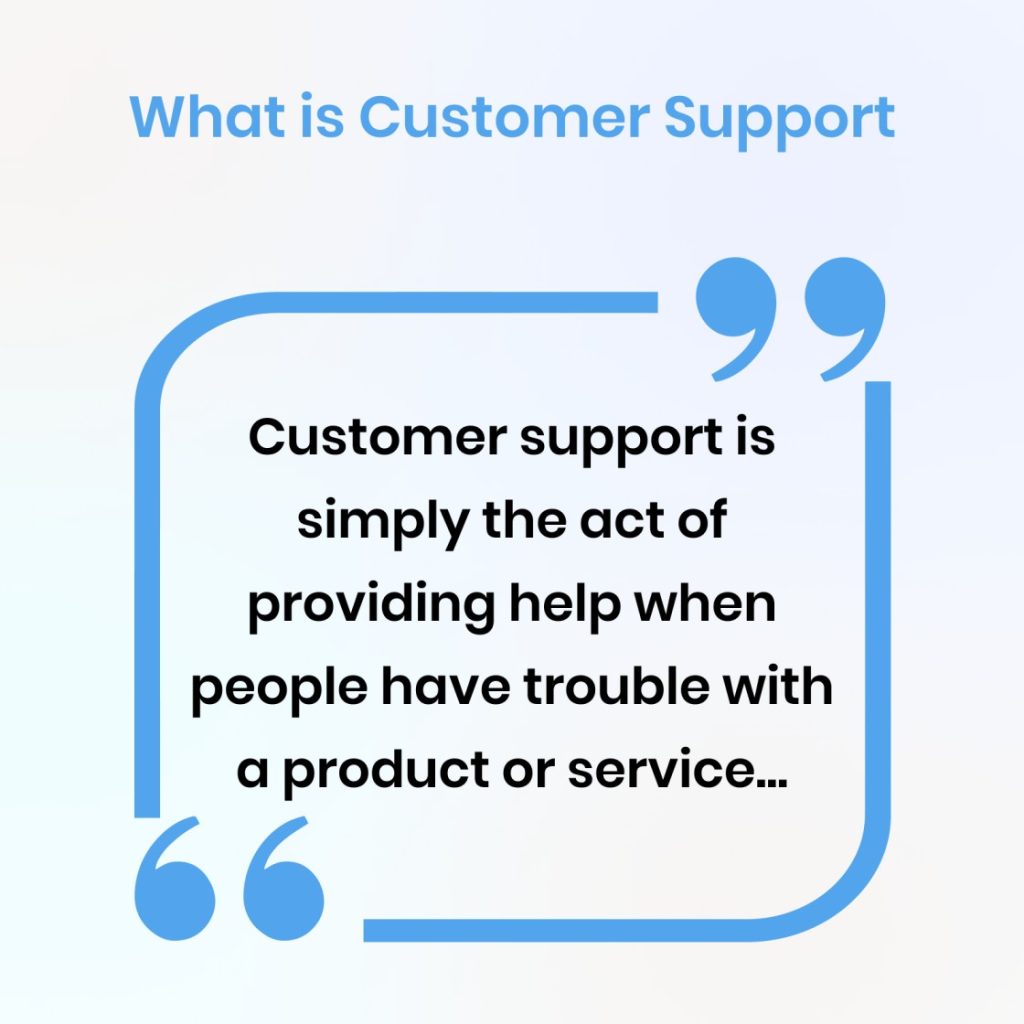
Level Up Your Customer Support
Your customer support team is a secret weapon for boosting conversions.
Proactive Support
Use live chat or well-placed knowledge base articles to address common questions and objections before visitors hit a conversion roadblock.
Personalized Touch
Empower your support team to go beyond standard scripts. Genuine, helpful interactions during the evaluation phase foster trust.
Feedback Loops
Use customer support insights to refine your funnel. Are there common pain points that could be addressed through better messaging or UX adjustments?
Example: Zapier takes customer support to the next level. Their blog is packed with detailed tutorials, and their support team is known for being responsive and helpful, creating a sense of reliability that undoubtedly influences conversions.
Remember, conversion optimization is an ongoing journey, not a one-time fix. Stay agile, measure meticulously, and let the data guide your decisions. By implementing these strategies without fundamentally altering your product, you'll be well on your way to unlocking sustainable growth.
FAQ
1. My product is already well-established. Why is this type of conversion optimization important?
Even successful products have room for optimization. By refining your targeting, messaging, and user experience, you increase the percentage of visitors who convert into paying customers. This leads to higher growth and revenue without the need for costly product development. Additionally, continuous optimization helps you stay ahead of competitors and adapt to evolving customer needs.
2. Can I really improve conversions without touching my product at all?
Absolutely! There's untapped potential in how you present and market your existing product. Often, small strategic tweaks can make a significant impact on how people perceive its value proposition, influencing their decision to purchase. It's about working smarter, not always working harder.
3. What's the difference between changing my product and changing my value proposition?
Your product is the set of features and functionalities it offers. Your value proposition is how you articulate (and demonstrate) the benefits and transformation those features bring to your customers. Sometimes, you can unlock new opportunities simply by shifting how you talk about your product, focusing on the outcomes it delivers rather than just listing its capabilities.
4. How do I figure out my ideal customer profile (ICP) in more detail?
Start with existing data. Analyze your best, most profitable customers. Look for patterns in their industries, company sizes, roles, and the specific challenges they faced before they found your solution. Supplement data with qualitative insights gathered through customer interviews, surveys, or even reviewing your sales team's notes. This level of granular understanding lets you tailor your marketing with laser-precision.
5. My product solves a lot of different problems. How can I focus my messaging?
This is where segmentation comes in. Identify the most common pain points, then address those with distinct landing pages or even separate marketing campaigns. This allows you to speak the unique language of each customer segment, making your message feel highly relevant and eliminating the "one size fits all" generic approach.
6. Is retargeting annoying for potential customers?
Done poorly, yes. However, sophisticated retargeting is valuable and expected by today's consumers. The key is to tailor your retargeting ads based on where the potential customer dropped off in your funnel. Offering a tailored discount, a reminder to complete a free trial signup, or highlighting a case study relevant to their needs can all be valuable retargeting techniques, rather than intrusive ones.
7. How much of a price difference is needed for the decoy effect to work?
There's no magic number. However, the principle behind the decoy effect is to make your desired pricing tier look extra attractive in comparison. Generally, a subtle difference between the decoy option and your target option is enough to nudge people in the right direction. Experiment with small variations to see what works best for your product.
8. What are some easy A/B testing wins for beginners?
Start with high-impact elements on your key pages. Test different headline variations, swap out the colors or text of your calls-to-action (CTAs), or try different versions of a key product image. You can even A/B test different testimonial formats to see which resonates most.
9. How does customer support directly contribute to conversions?
Excellent customer support reduces pre-purchase friction. Proactive chat functionality, comprehensive knowledge bases, and responsive support teams all address common questions and concerns potential customers have. This builds trust and helps visitors feel confident about their decision to purchase your product.
10. This sounds like a lot to implement! Where do I even start?
Start with a conversion funnel audit. Map out the typical customer journey and identify the key stages. Pick one stage where you suspect there's room for improvement. Focus on optimizing that stage with the strategies covered in the blog, and then measure the impact. This iterative approach is manageable and yields valuable data-driven insights.




